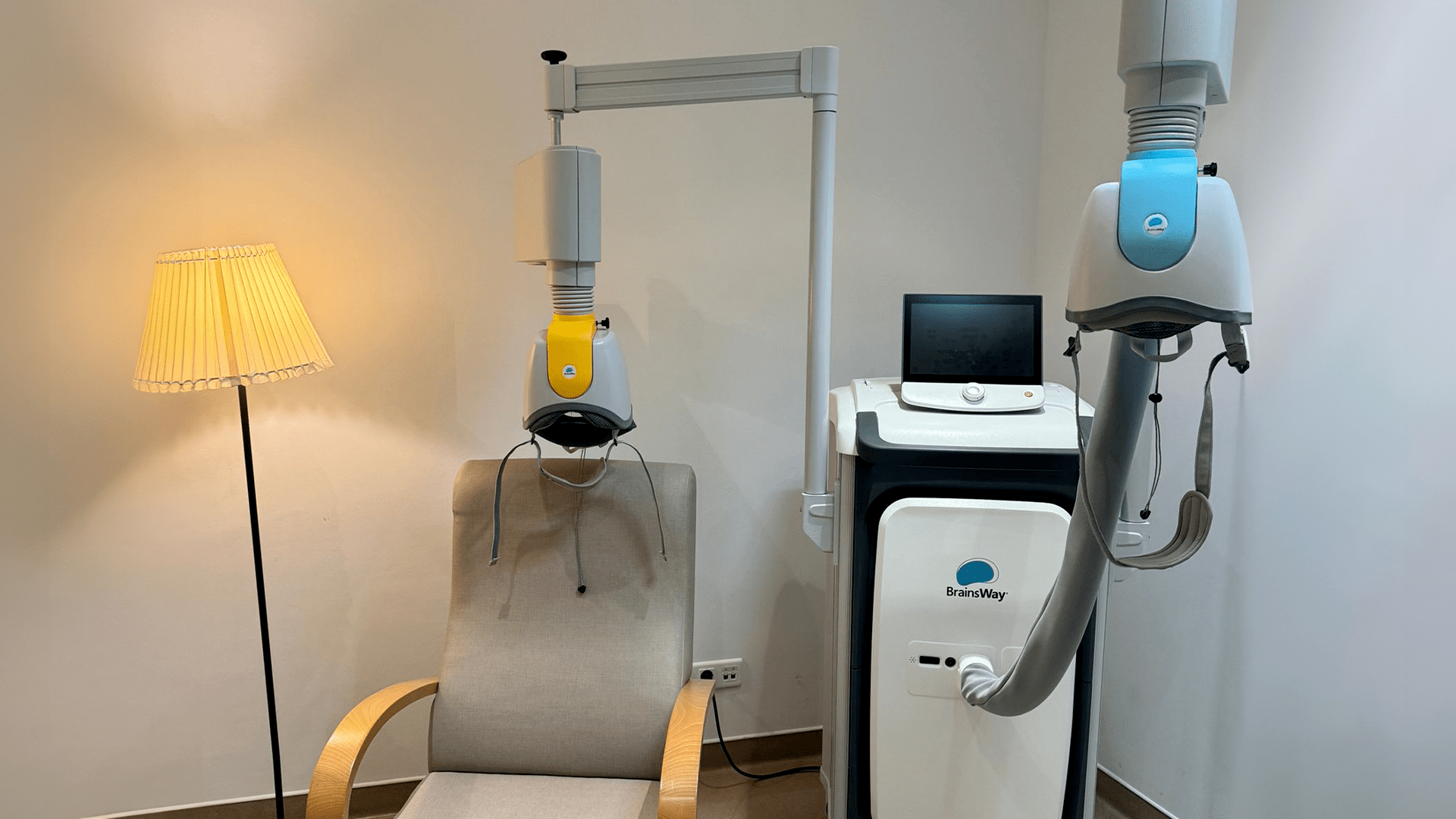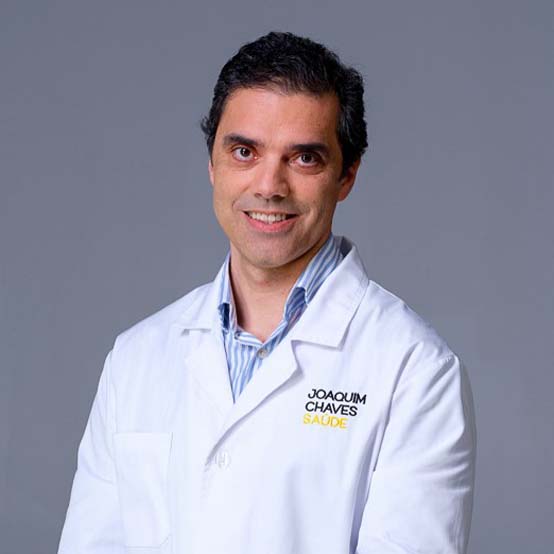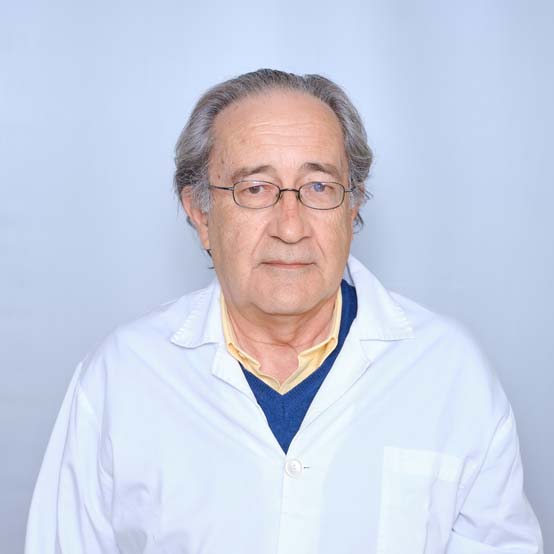TMS (Transcranial Magnetic Stimulation): what it is and when it is used
Find out what TMS is, what happens in each session and when it’s used.
TMS addresses conditions that are not responding to first-line treatments. This is the case with treatment-resistant depression, which persists even after antidepressants and psychotherapy have been tried. Discover what TMS is, the benefits and restrictions, and find out when it is applied.
What is TMS?
Transcranial Magnetic Stimulation (TMS) is a non-invasive technique that uses magnetic fields to trigger specific regions of the brain. The goal is to stimulate less active areas in the prefrontal cortex of the brain, using magnetic currents. This procedure is often used to research and treat brain, neurological and psychiatric disorders, especially those that are resistant to conventional treatments.
What happens during a TMS session?
TMS treatments involve placing a device with an electromagnetic coil against the patient’s head. The instrument is used to send pulses that penetrate the skull to reach the target area.
Firstly, each patient’s threshold is assessed. Various pulses are delivered with increasing intensity until the patient’s fingers or hand contract, a sign that the threshold has been reached. Next, pulses of similar intensity are delivered to the prefrontal cortex to stimulate the brain regions considered to have deficits.
Each pulse makes a sound similar to the noise produced by an MRI machine. The patient may also feel slight pressure when each pulse is delivered. Therefore, earplugs are provided to protect the patient’s ears and for greater comfort.
As this is a non-invasive technique, TMS does not require anaesthesia, so patients are awake during the treatments. The first session may take longer than subsequent treatments, up to 50 minutes, due to the necessary calibrations, and patients can resume their regular activities immediately after the session.
What preparations are necessary?
TMS treatment does not have any special pre-care requirements. Before a TMS session begins, the patient is only asked to remove any metallic items to avoid interference with the electromagnetic current.
What are the indications for Transcranial Magnetic Stimulation?
TMS has approval from the U.S. Food and Drug Administration (FDA) to treat 4 conditions, when standard treatments have failed to produce results.
Treatment-resistant depression
TMS is often applied in cases of depression that do not respond adequately to conventional treatments, such as antidepressants. This may be an option for people with treatment-resistant depression.
Major depression
In addition to treatment-resistant depression, TMS can be an option to treat patients with major depressive disorder (MDD) who did not obtain sufficient relief with other methods.
Obsessive-Compulsive Disorder (OCD)
Most patients with OCD will gain symptomatic relief from psychotherapy and medication (or a combination of both). However, TMS can help patients who did not obtain therapeutic results, or who only experienced a slight decrease in symptoms.
Migraines
TMS is also approved to treat migraines, a neurological disorder that is quite common and debilitating. TMS is a therapeutic alternative to prescribed medication and other therapies, especially when these did not help reduce the frequency or severity of migraine episodes.
Smoking cessation
TMS helps stimulate neurons in addiction-related brain structures, and is therefore indicated for resistant cases of smoking cessation.
In addition to these conditions, research continues into other potential uses for TMS, including schizophrenia and epilepsy.
What are the restrictions of TMS?
TMS is considered safe and well tolerated. Because it is a non-invasive form of brain stimulation, this procedure does not require surgery or electrode implantation. Furthermore, unlike electroconvulsive therapy, it does not induce seizures or memory loss. However, as with any other treatment, TMS can cause some side effects, which may include:
- Scalp discomfort and pain.
- Tingling sensation.
- Muscle twitches.
- Light-headedness.
Nevertheless, these symptoms are generally mild to moderate, improve shortly after the session, and diminish over time with additional sessions. The technician can also adjust the intensity of stimulation to reduce symptoms.
Joaquim Chaves Saúde, advanced TMS technology
The Joaquim Chaves Saúde Clínica de Miraflores is equipped and ready to make your TMS treatment as pleasant as possible. Schedule a Psychiatry appointment and benefit from our state-of-the-art technology and an experienced team that is dedicated to your health, safety and comfort.






